The art world is quickly changing, and blockchain technology is playing an important role in this transformation. The advent of non-fungible tokens (NFTs) has caused major upheaval in the art world.
These digital tokens are one-of-a-kind and unreplicable, giving artists and fans new ways to monetize their work and own a piece of history. In this essay, we will look at blockchain art and how NFTs are changing the art world.
What Are NFTs?
NFTs are one-of-a-kind digital assets that live on a blockchain and serve as proof of ownership and authenticity. Each NFT is unique, with its own code and metadata, rendering replication impossible. NFTs are common among collectors because they can own a piece of history that no one else can.
NFTs and the Art World NFTs have been quickly adopted by the art world, with artists, galleries, and collectors all profiting from the technology. Artists can now offer their digital work directly to collectors, bypassing intermediaries like galleries and auction houses.
This has given artists more control over their work as well as the ability to make more money from it. Galleries have discovered NFTs to be an effective instrument for displaying and selling art.
NFTs give galleries a new revenue stream by enabling them to sell art without requiring a physical address. This has opened up new markets for galleries, enabling them to reach collectors who previously could not visit their physical locations.
The introduction of NFTs has also helped collectors. Collectors can now own a piece of art that is one-of-a-kind and unreplicable thanks to NFTs, giving them a feeling of ownership that was previously unavailable.
NFTs and the Role of Collectors
NFTs have made it simpler for collectors to buy and sell art because all transactions are done online. The Art Market's Disruption NFTs have impacted the traditional art industry in a variety of ways.
First, NFTs have enabled artists to offer their digital work directly to collectors, bypassing intermediaries, such as galleries or auction houses.
This has given artists more control over their work as well as the ability to make more money from it. Second, NFTs have simplified the buying and selling of paintings by collectors. Collectors can use NFTs to purchase and sell art entirely online, eliminating the need for physical auctions or galleries. This has created new markets for collectors, making it easier and more efficient for them to purchase and sell art.
Third, NFTs have enabled galleries to sell art without the need for a real space. This has opened up new markets for galleries, enabling them to reach collectors who previously could not visit their physical locations.
Finally, NFTs have given the art market a new degree of transparency and authenticity. Each piece of art is unique and unreplicable with NFTs, giving evidence of ownership and authenticity.
This has made it more difficult for forgeries to reach the market, protecting both artists and collectors. The Art World's Future of NFTs have already had a major impact on the art world, and their impact will only grow. The market for NFTs will grow as more artists, galleries, and collectors adopt the technology.
The Future of the NFTs Market
The potential for NFTs to democratize the art world is one of the most exciting elements of them. Artists can offer their work directly to collectors using NFTs, eliminating the need for intermediaries, such as galleries or auction companies. This has the potential to give emerging artists more chance to showcase their work and reach new audiences. NFTs have the ability to change the way we think about art ownership.
With NFTs, art ownership can be verified and tracked on a blockchain, giving a degree of transparency and security that was previously unavailable. Because the technology provides a level of trust and security that was previously missing, this has the potential to make the art market more available to a broader range of investors and collectors.
However, as with any new technology, there are some reservations about NFTs' possible drawbacks. One of the most serious concerns is the potential environmental effect of NFTs. The creation of an NFT requires a substantial amount of energy, which may have a negative impact on the environment.
As the market for NFTs expands, it will be critical to discover ways to reduce the technology's environmental impact. Another source of concern is the possibility of NFTs being used for fraudulent reasons.
While NFTs provide openness and authenticity, there is always the possibility that unscrupulous individuals will create fake NFTs to offer to unsuspecting collectors.
As the market for NFTs expands, it will be critical to create safeguards against fraud.
Going beyond the Art World
NFTs have gained immense popularity, especially in the world of art, where they are being used to authenticate and sell digital art pieces for millions of dollars. However, despite the hype surrounding NFT art, many people still find it pointless, and they fail to see the potential of the underlying technology. The fact is that NFTs can disrupt various industries and change the way we perceive ownership and value.
In the gaming world, NFTs can be used to authenticate in-game items, such as weapons, skins, and characters. This could create a new market for gamers, where they can buy and sell these items, much like traditional collectibles. NFTs could also allow players to truly own their in-game items, giving them the freedom to sell or trade them as they see fit.
The music industry is another industry that could be disrupted by NFTs. In the music industry, NFTs can be used to authenticate digital music, such as albums and singles. This could provide a more transparent and fair platform for musicians to sell their work, and it could also allow fans to own a piece of their favorite artist's music. NFTs could also provide a solution to the problem of music piracy, as each NFT would be unique and verified on the blockchain, making it difficult to copy or distribute illegally.
Finally, NFTs could disrupt the real estate industry. In the real estate industry, NFTs could be used to represent virtual real estate, such as in-game land or virtual reality spaces. This could create a new market for virtual real estate, where investors can buy and sell these assets, much like traditional real estate. NFTs could also provide a solution to the problem of property fraud, as each NFT would be unique and verified on the blockchain, making it difficult to falsify ownership.
Conclusion
The advent of non-fungible tokens (NFTs) has caused major upheaval in the art world. NFTs give artists, galleries, and fans new ways to monetize their work while also owning a piece of history.
The art world has embraced NFTs quickly, and their influence will only increase. NFTs have the potential to democratize the art world by expanding opportunities for emerging artists and making the art market more available to a broader range of investors and collectors.
However, there are concerns about the possible drawbacks of NFTs, such as their environmental impact and the possibility of fraud. Overall, blockchain and NFT art is a thrilling new frontier that will undoubtedly continue to disrupt the art world in the coming years.
As technology advances, it will be critical to identify methods to maximize the benefits of NFTs while minimizing their possible drawbacks.
This article was written by Finance Magnates Staff at www.financemagnates.com.
You can get bonuses upto $100 FREE BONUS when you:
💰 Install these recommended apps:
💲 SocialGood - 100% Crypto Back on Everyday Shopping
💲 xPortal - The DeFi For The Next Billion
💲 CryptoTab Browser - Lightweight, fast, and ready to mine!
💰 Register on these recommended exchanges:
🟡 Binance🟡 Bitfinex🟡 Bitmart🟡 Bittrex🟡 Bitget
🟡 CoinEx🟡 Crypto.com🟡 Gate.io🟡 Huobi🟡 Kucoin.
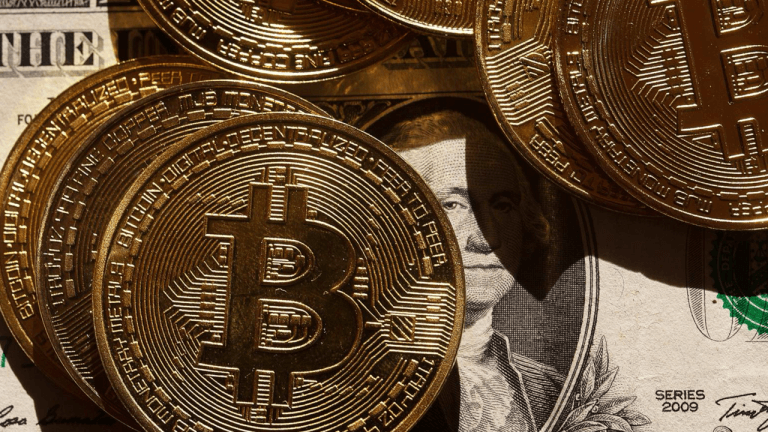
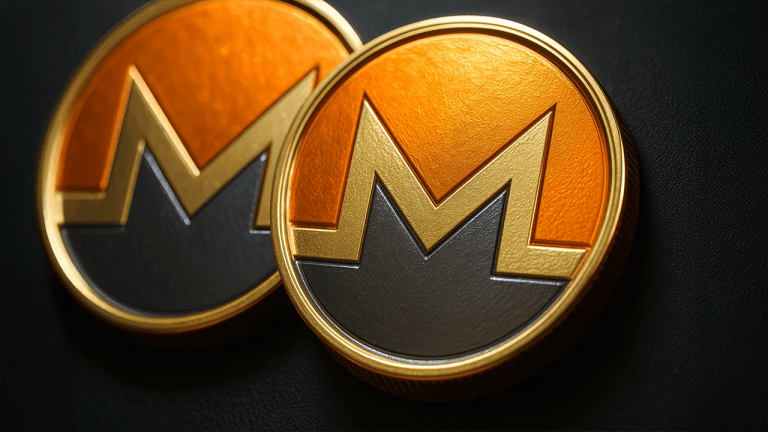

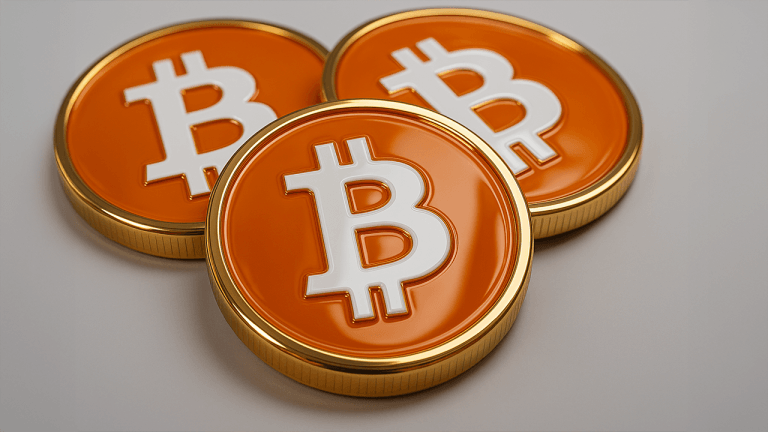
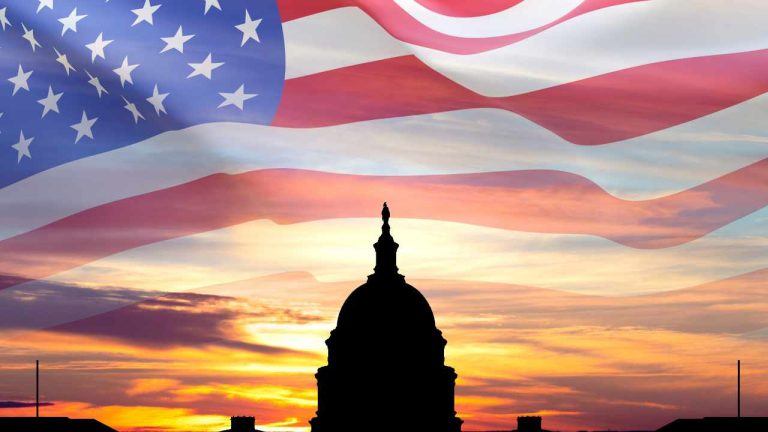
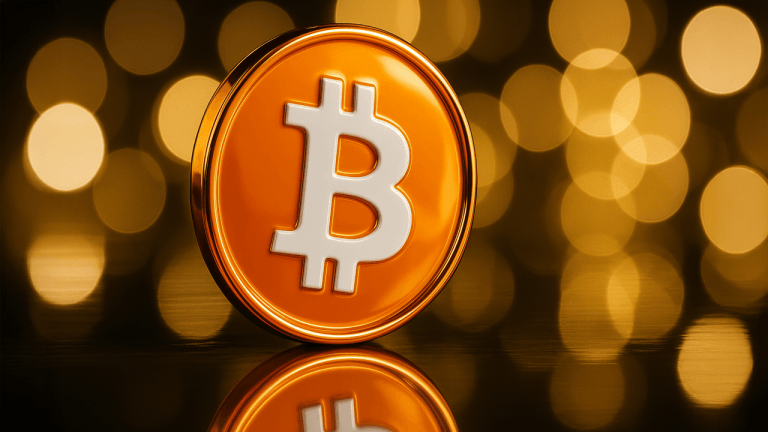
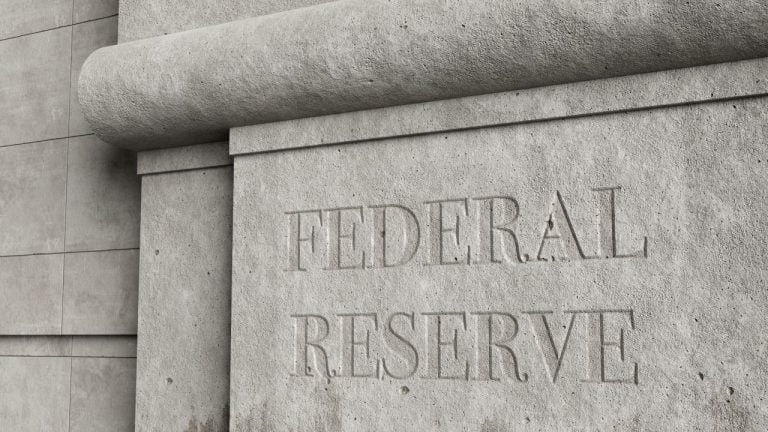
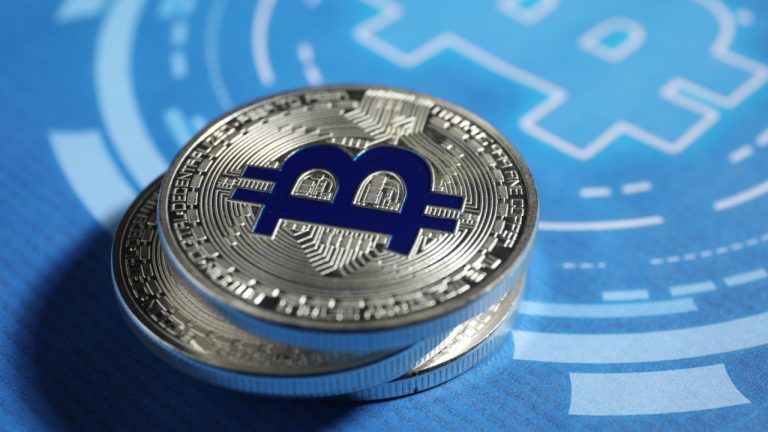

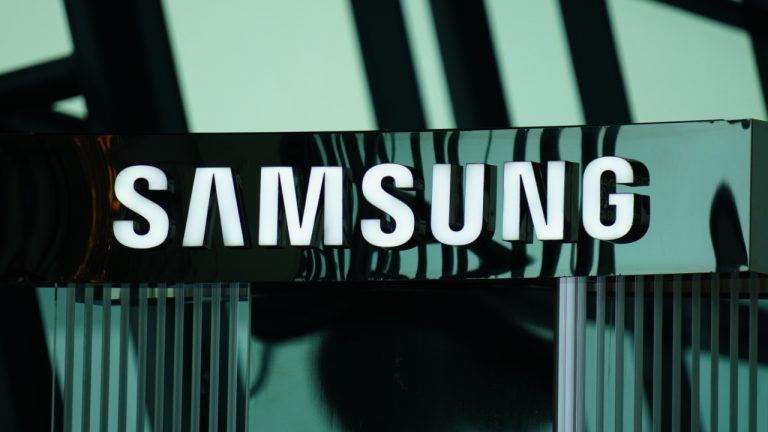

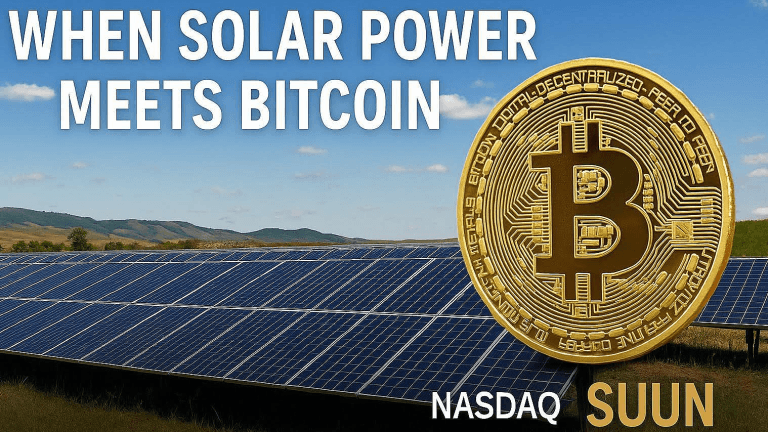

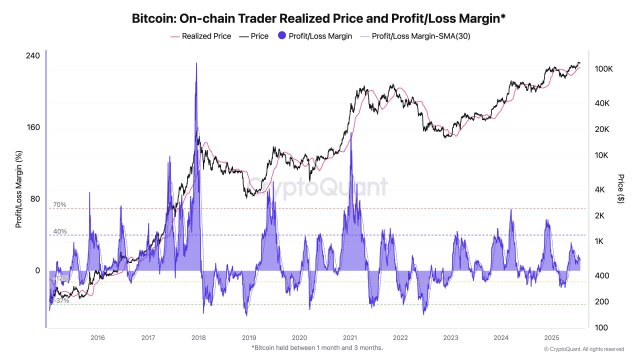

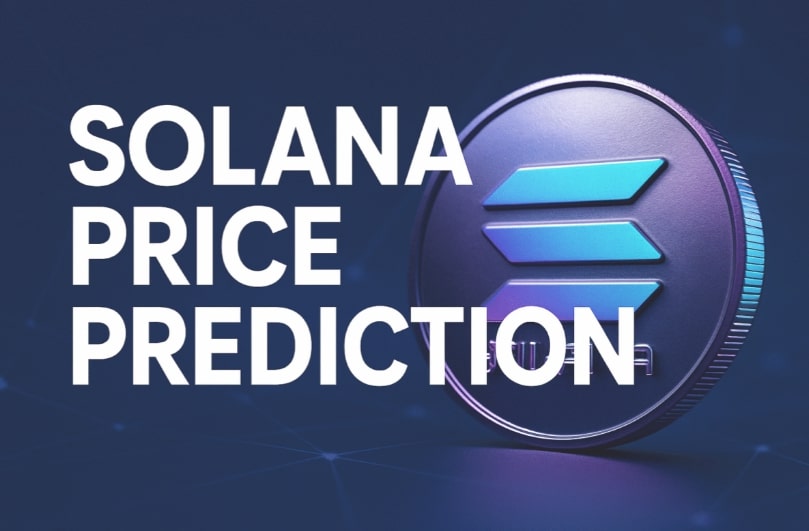

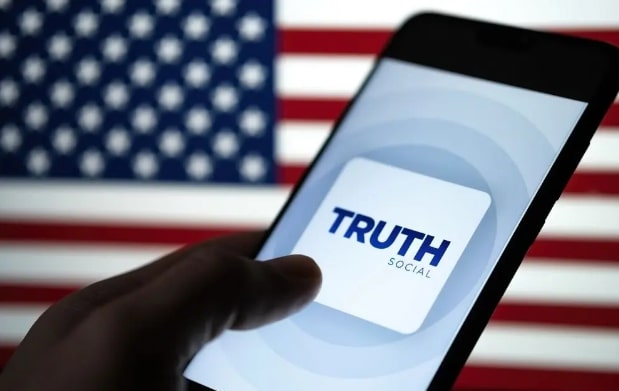
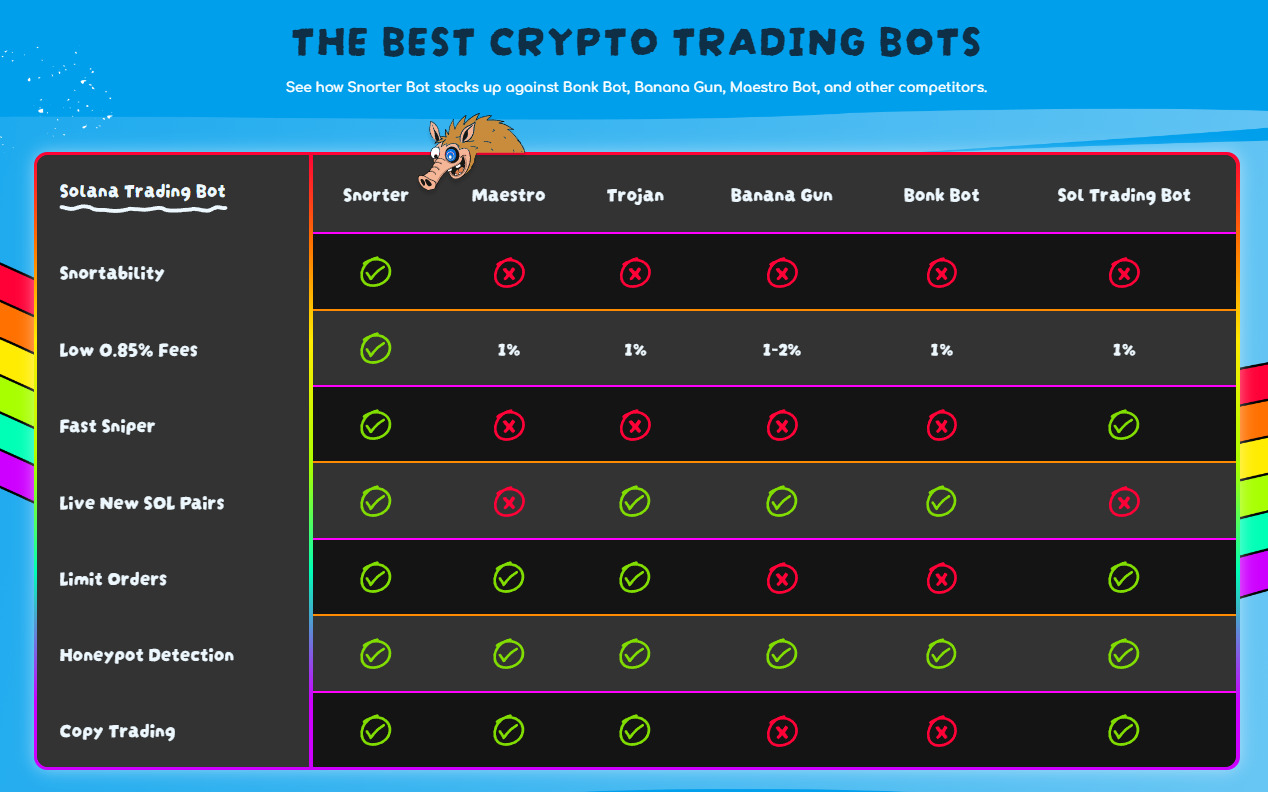
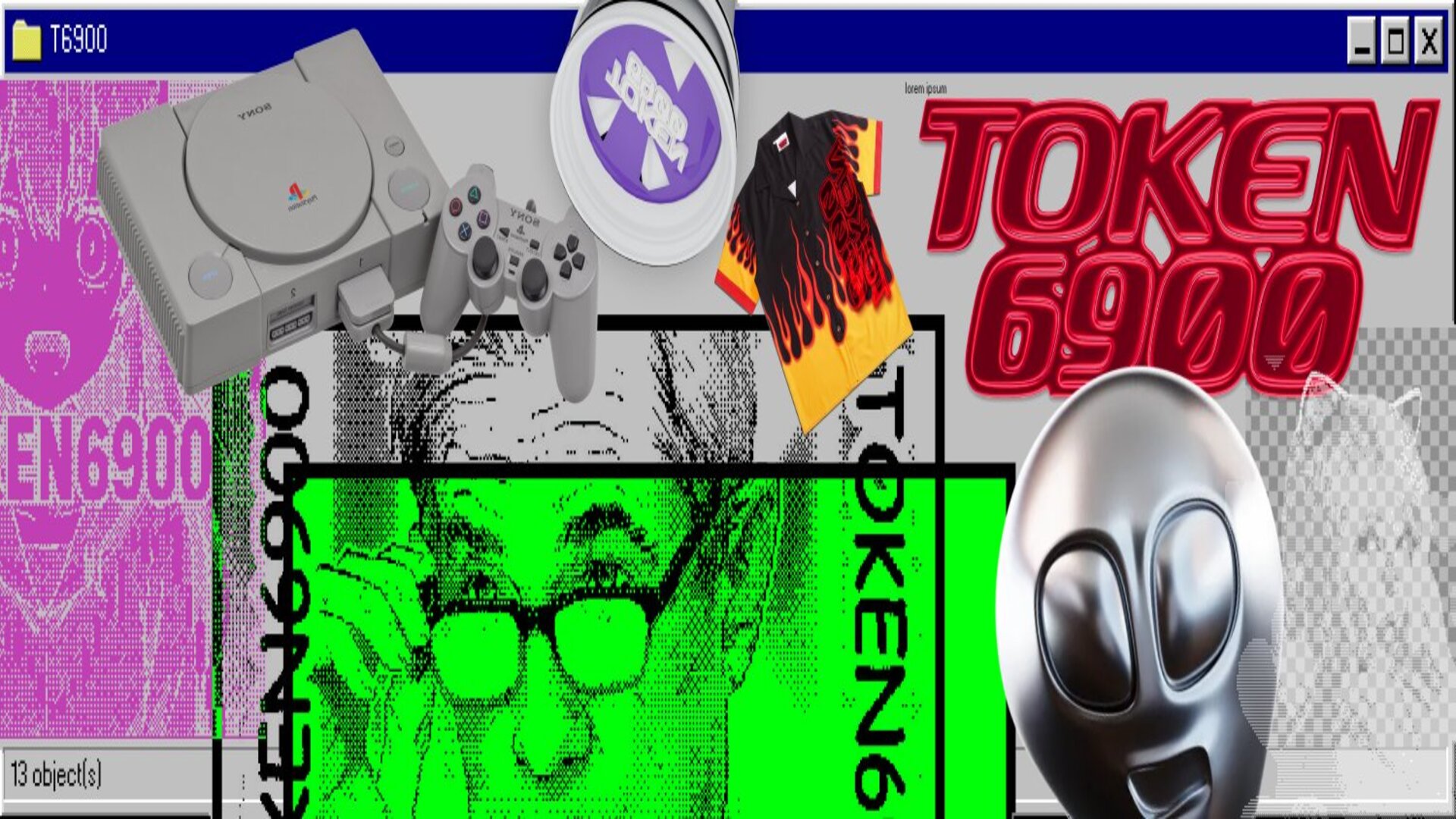
Comments